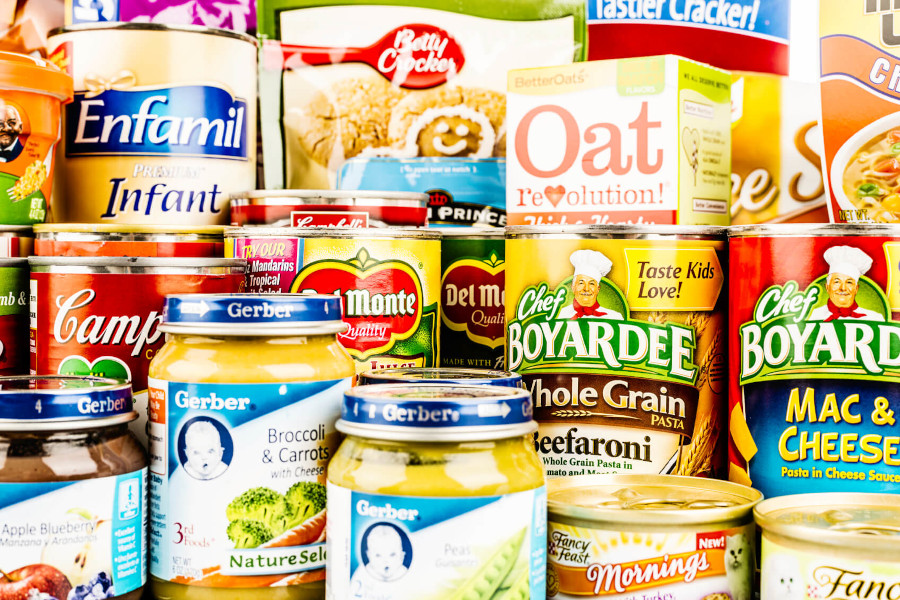Foods are processed through various methods to improve their safety, shelf life, flavour, and convenience. The extent of processing can range from minimal to extensive. Here are some common methods of food processing:
-
Mechanical Processing:
- Cutting, slicing, dicing, and chopping: Vegetables, fruits, and meats are often processed this way to make them more convenient for consumption.
- Grinding and milling: Grains are ground to make flours, which can be used in various recipes.
-
Preservation Methods:
- Canning: Foods are heat-processed and sealed in cans or jars to prevent spoilage.
- Freezing: Foods are frozen quickly to preserve their freshness and nutritional value.
- Drying or dehydration: Moisture is removed from foods to prevent microbial growth and spoilage.
- Pickling: Foods are soaked in a mixture of vinegar, water, and spices to extend their shelf life.
- Smoking: Meats and fish are exposed to smoke to add flavour and extend shelf life.
-
Heat Processing:
- Cooking: Applying heat to food to make it more palatable, safe to eat, and to enhance flavour.
- Pasteurisation: Heat treatment to destroy harmful microorganisms while retaining the quality of the food (commonly used for dairy products and juices).
-
Fermentation:
- Microorganisms such as bacteria, yeast, or molds are used to break down food components, producing new flavours and improving preservation. Examples include yogurt, cheese, sauerkraut, and certain types of bread.
-
Additives and Flavour Enhancers:
- Food additives like preservatives, colours, flavours, and texturisers are used to preserve the appearance, taste, and texture of processed foods.
-
Packaging:
- Proper packaging helps maintain the freshness of food and prevents spoilage. Vacuum-sealing, airtight containers, and modified atmosphere packaging are common methods.
-
Extrusion:
- This method is used to create various processed foods like breakfast cereals, pasta, and snacks. A mixture of ingredients is forced through a small opening to create specific shapes and textures.
-
Refining:
- Refining processes are used to extract oils, sugars, and other components from raw materials like fruits, vegetables, and grains. Examples include refining of vegetable oils and processing of sugar from sugarcane or sugar beets.
-
Fortification:
- Adding nutrients (mainly synthetic) to processed foods to supposedly address deficiencies and ‘enhance’ nutritional content. Commonly seen in fortified cereals, milk, and other packaged foods.
It’s important to note that the level of processing can impact the nutritional quality of the food. While some processing methods are beneficial for convenience, excessive processing with added sugars, unhealthy fats, and artificial additives can lead to less nutritious options.
This article is copyrighted by Ital is Vital, 2024. Want to re-post this article? Visit our guidelines.
DISCLAIMER: THIS WEBSITE DOES NOT PROVIDE MEDICAL ADVICE
The information, including but not limited to, text, graphics, images and other material contained on this website are for informational purposes only. The purpose of this website is to promote broad consumer understanding and knowledge of various health topics. It is not intended to be a substitute for professional medical advice, diagnosis or treatment. Always seek the advice of your physician or other qualified health care provider with any questions you may have regarding a medical condition or treatment and before undertaking a new health care regimen, and never disregard professional medical advice or delay in seeking it because of something you have read on this website.
